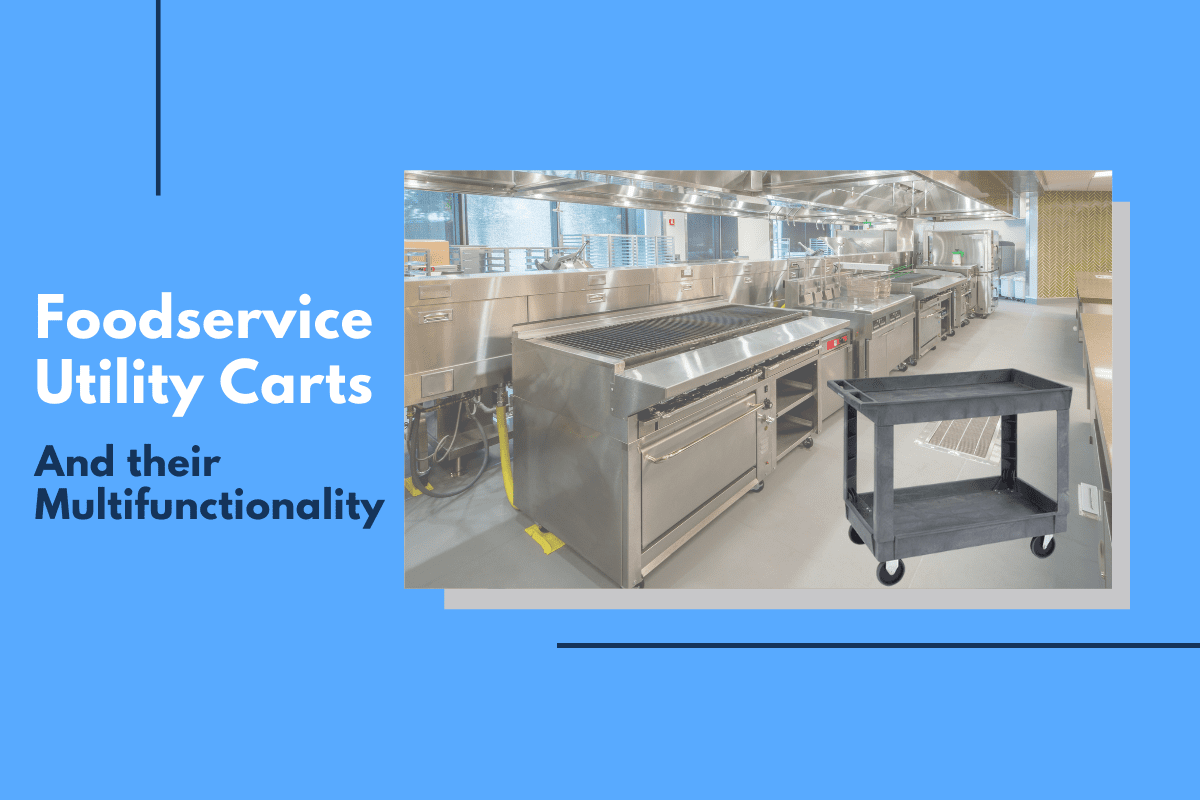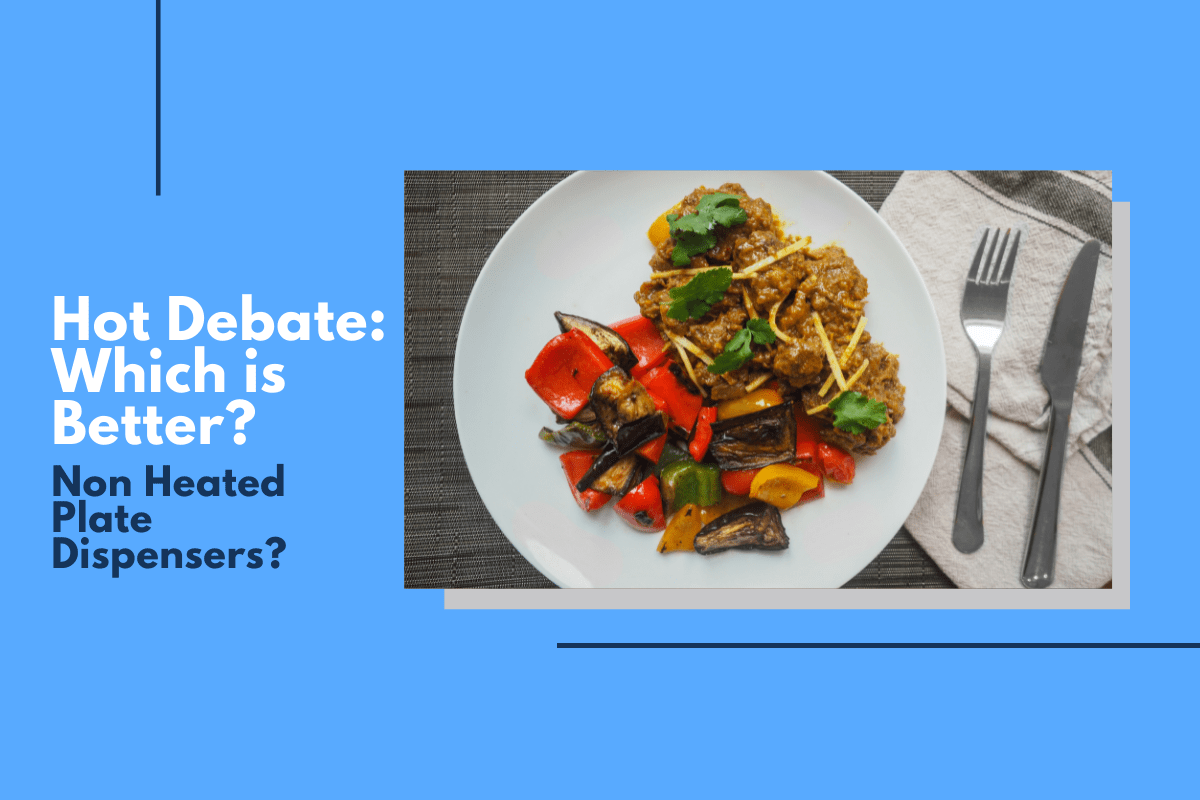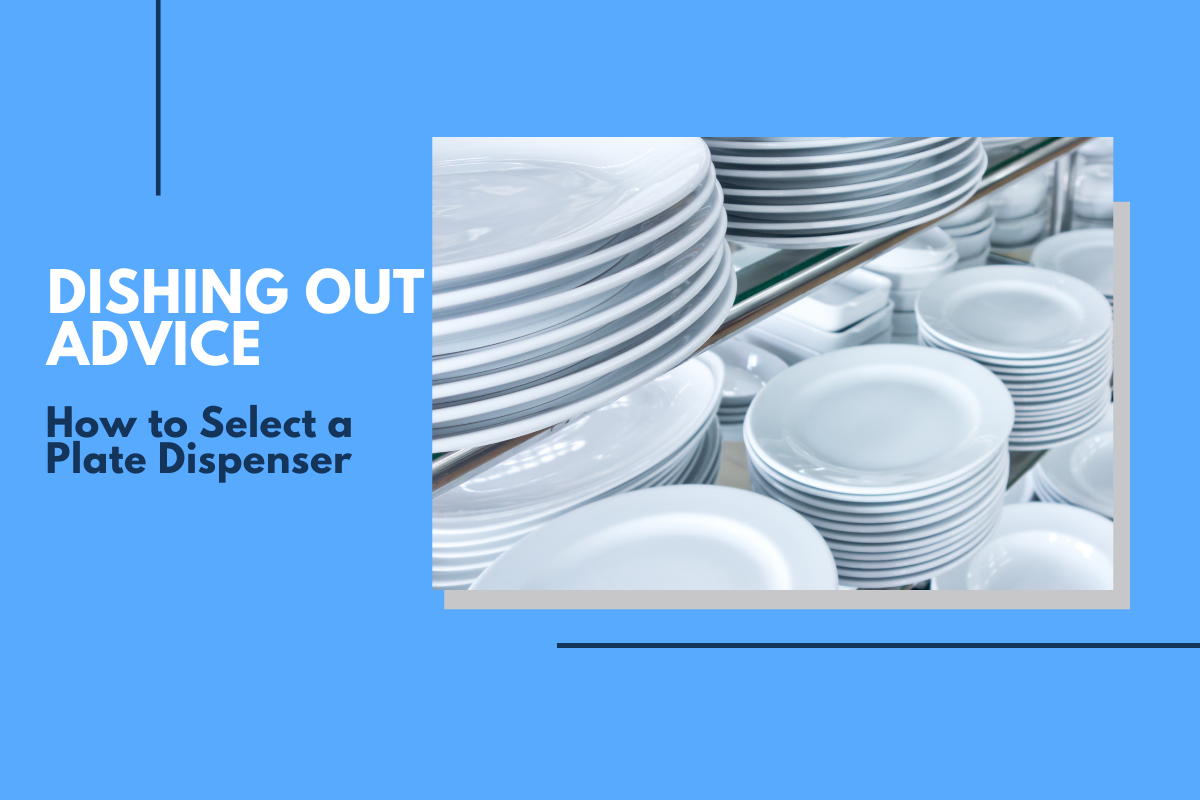
Everyone has a style of speaking, and it is easy to overlook the importance of language when communicating with other people. The reality is that words matter. There is a lot of jargon that people pick up no matter what industry they are in, and this is just as true in healthcare as it is in any other field. In particular, there are many people who use terms in long-term healthcare that can have a negative impact on residents, patients, and their families.
During the past few years, there has been an increased focus on how word choice impacts the work environment and the behavior of those around us. For example, many people now call prisons corrections centers, and janitors are now called environmental service professionals. There has also been a shift in how long-term care facilities, or nursing homes, are addressed. It is critical to make these environments feel more like homes instead of care centers, and language is a part of this.
How to Remind Team Members of the Language Shift
So, what can be done to help team members remember that there is a shift in how they are supposed to refer to long-term healthcare facilities? A few key tips to keep in mind include:
- Do not call these residential communities facilities. Instead, call them homes or communities.
- It is important to refer to people by name. Do not refer to residents by their diagnosis, and do not refer to employees by their job titles.
- Do everything possible to avoid using medical terminology when communicating with residents.
- Do not bark out orders to people. Instead, explain why they are important.
Furthermore, it is critical to use people-first language. This means that people need to be addressed as people before diving into the details. Instead of saying “handicapped person,” say “person who uses a wheelchair,” or whatever the disability might be.
Examples of Terms That Need to Be Changed
It is also helpful to take a look at a few examples of terms that need to be changed. They include:
- Instead of calling someone a complainer, refer to that individual as a person with concerns.
- Instead of talking about open beds, talk about the people who live there.
- Instead of referring to someone as a new admission, refer to this as the move-in process.
- Instead of allowing someone to do something, encourage them to do something.
- Instead of saying someone has expired, say that someone passed away.
Even though these might seem like small changes, they can make a significant difference to people who live in these homes and the people who work there. The goal is to make the environment feel more like home instead of a medical facility. Making changes in how people talk in these locations can do exactly that.
Use the SuzyQ Food Serving Cart to De-Institutionalize Senior Care Foodservice
One of the best ways to further encourage people to make changes in how they interact with others in senior living communities is to change the way food is served. The SuzyQ Food Serving Cart can do exactly that. Unfortunately, there are a lot of senior living centers that continue to serve food from a cart that looks like it belongs in the hospital. That is not the best way to make people feel like they are living in a new home. Instead, it is important to use a cart that looks more like what people might find in their own homes. Using a cart such as the SuzyQ Cart can de-institutionalize long-term care foodservice.

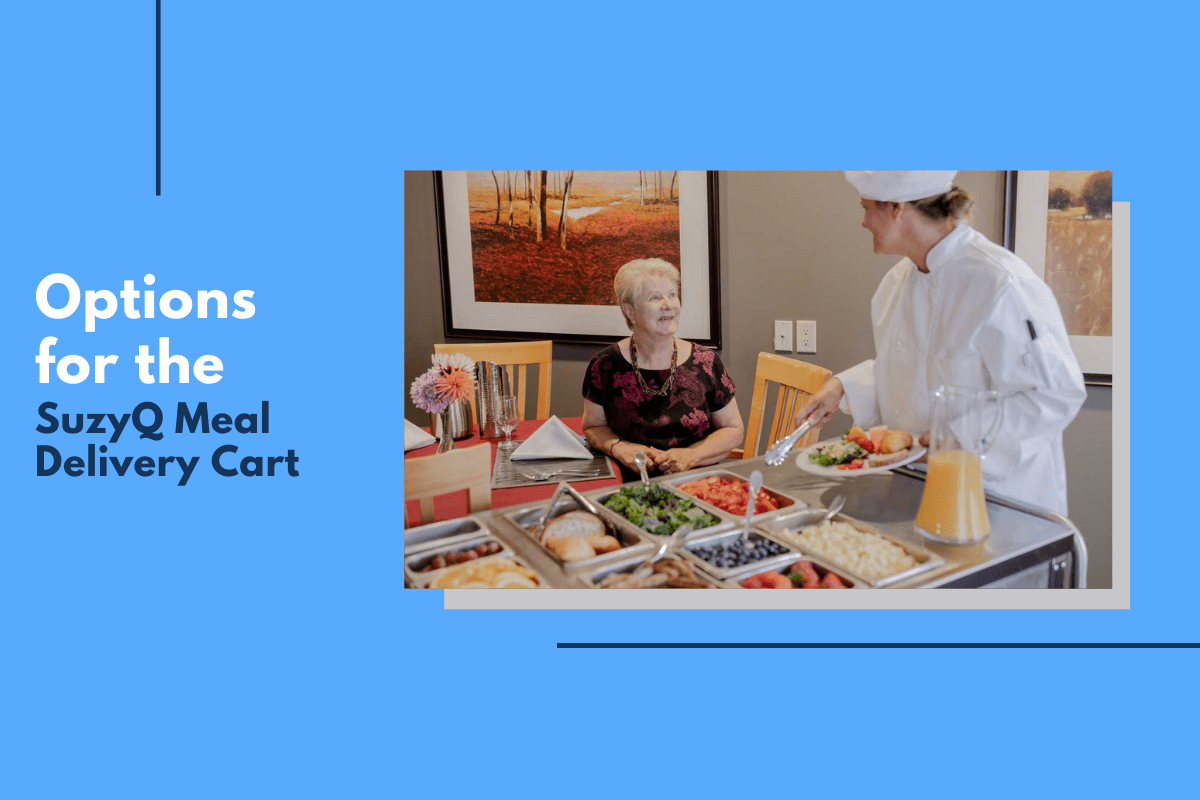

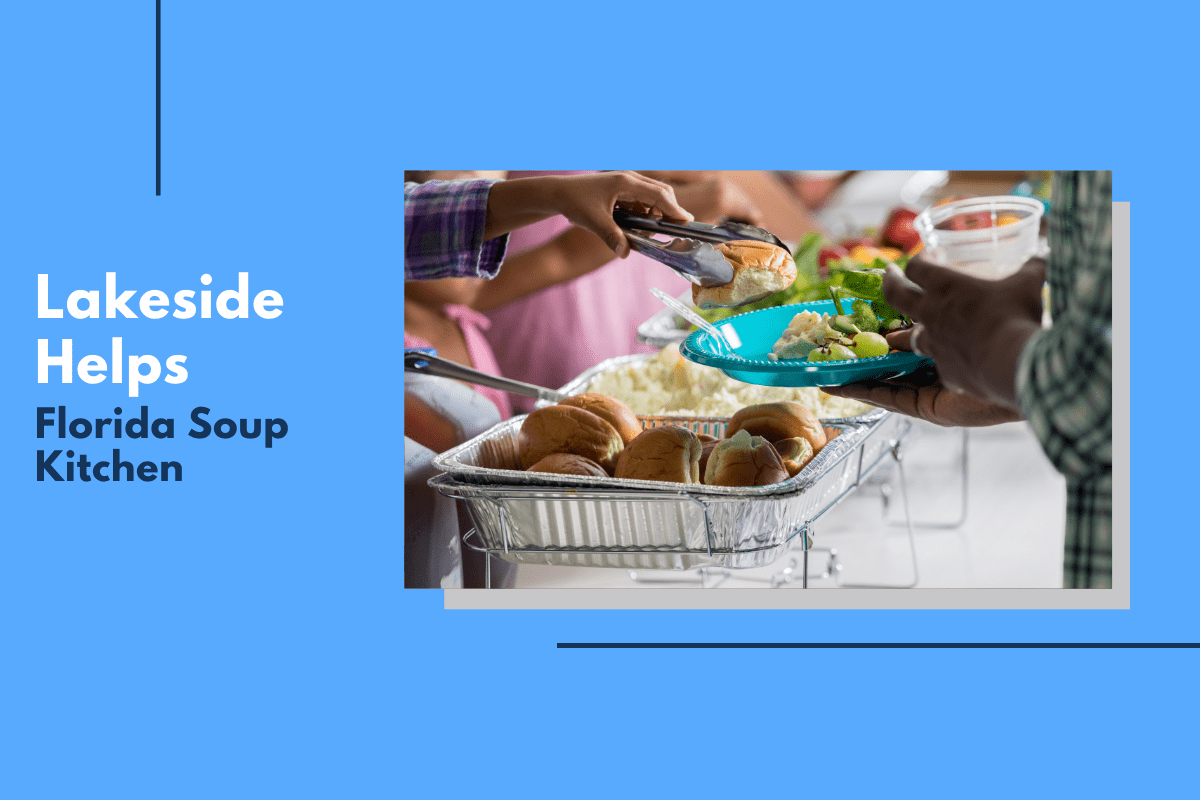
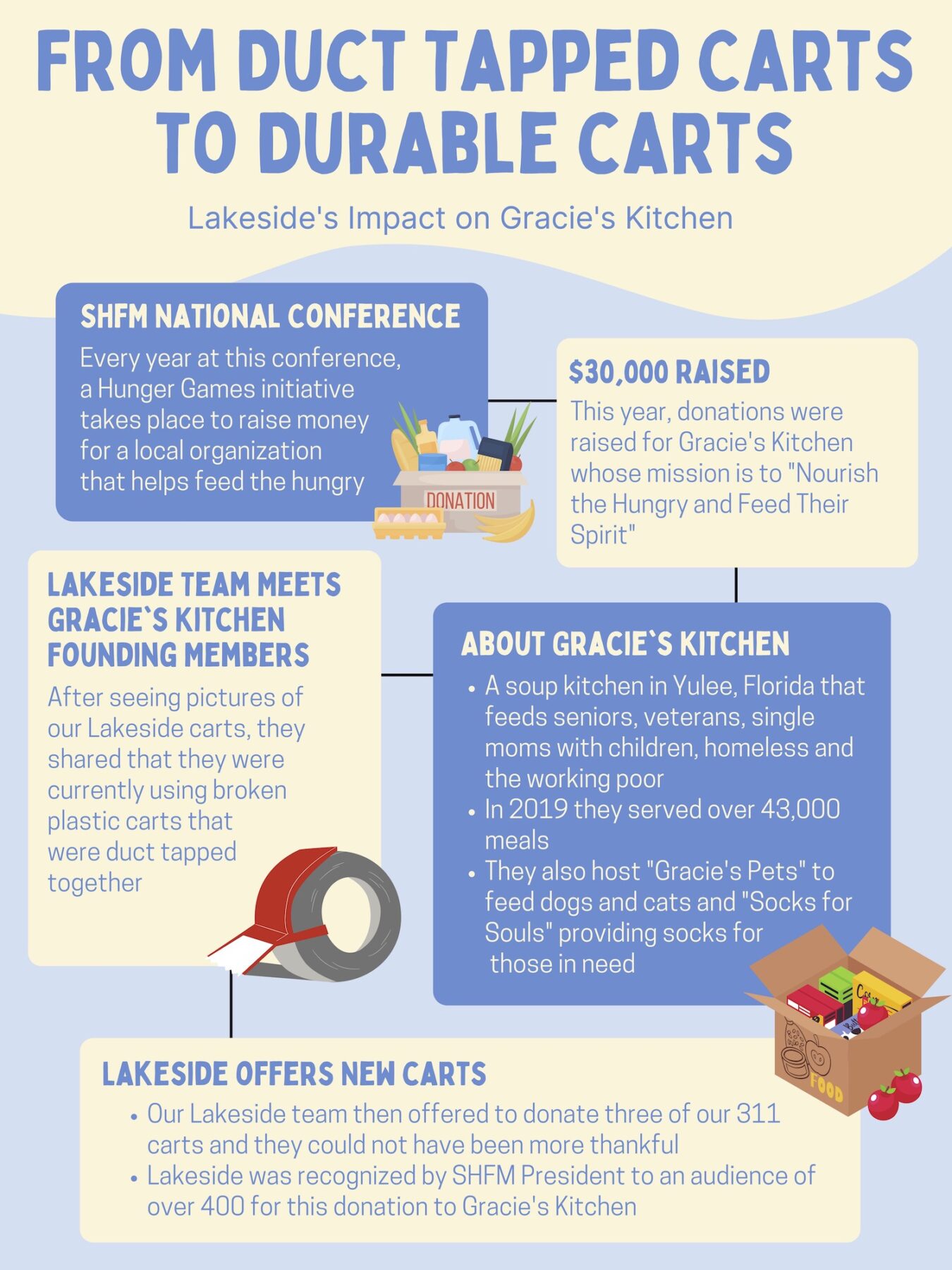
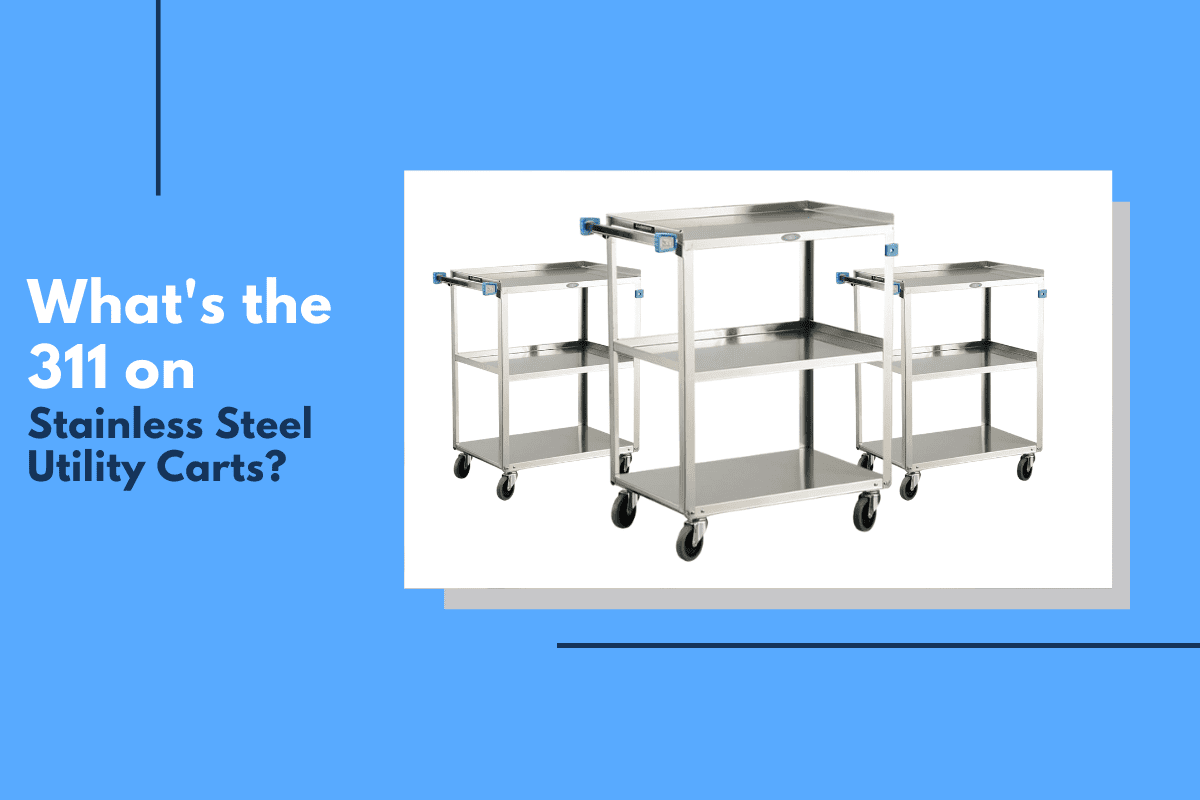
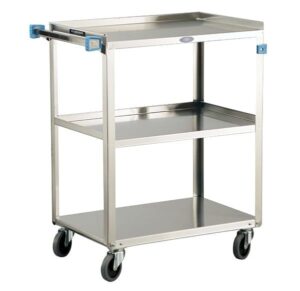 The
The 